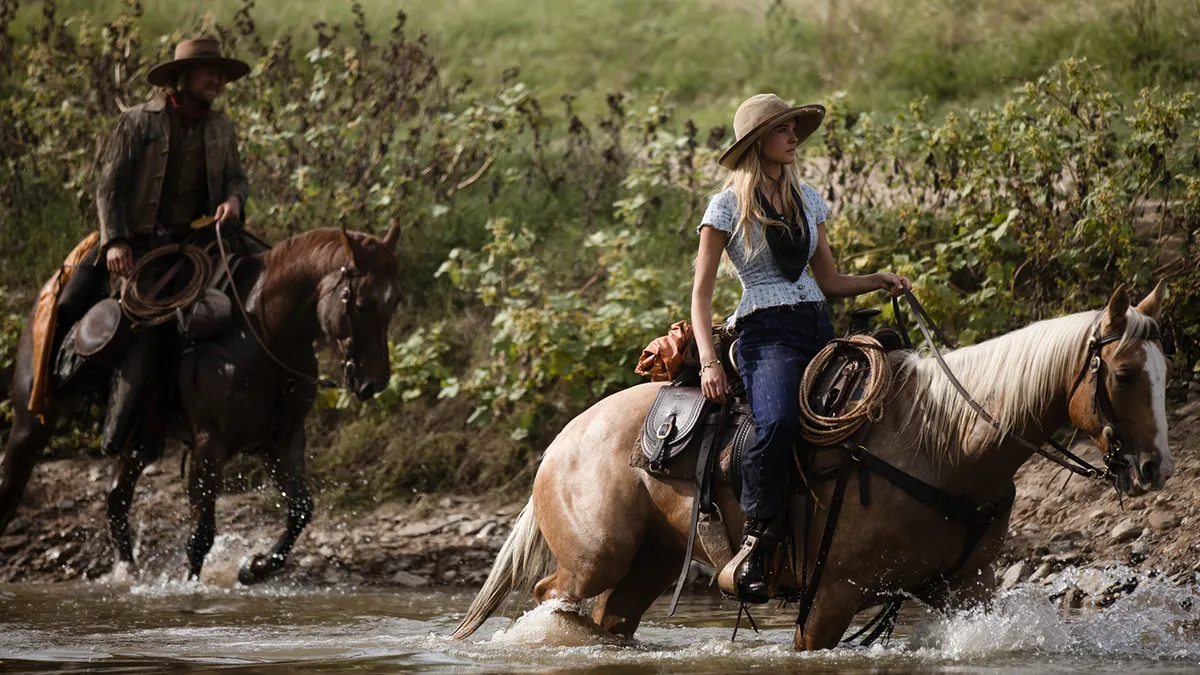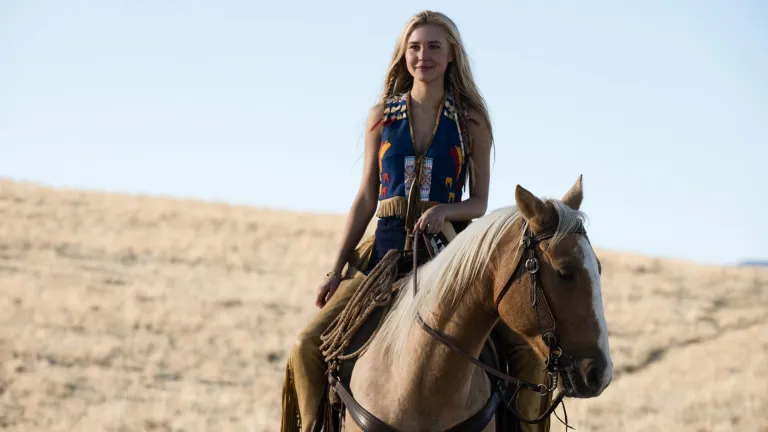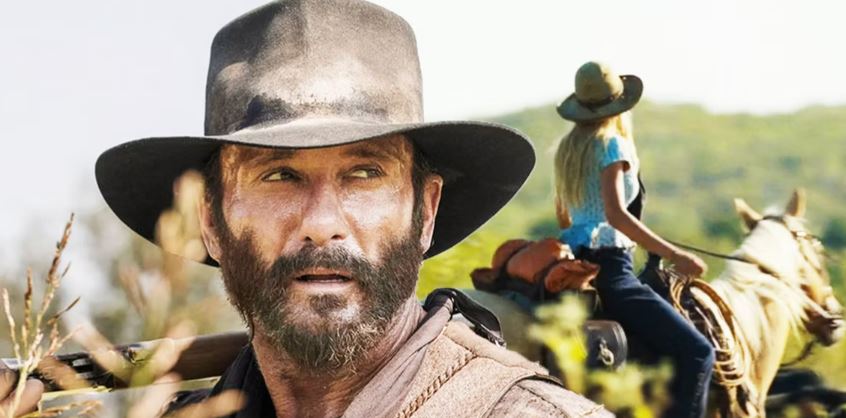1883’s James Dutton (Tim McGraw) is highly protective of his family, but despite the show’s conservative timeline and setting, James allows her daughter Elsa (Isabel May) to wear pants. Although the events in the Yellowstone spinoff series are entirely fictional, 1883’s story and characters are based on true stories and real people from the said era. Before the 19th century, both the U.S. as well as the French – who had a prominent presence in colonial America – actually had laws that prosecuted women for wearing pants and other articles of clothing that weren’t traditionally associated with femininity. These laws were only overhauled around the mid-19th century, and even then, women wearing pants were still considered highly unusual in the cities and other settlements.
Elsa wears dresses throughout most of the first part of 1883 season 1, even when she gets on a horse to perform cowboy duties alongside her father and the other capable men in their caravan. She also serves as 1883’s narrator, which is key to what makes her an integral part of the cast of 1883. In 1883 season 1, episode 4 “The Crossing,” Elsa discusses how out in the frontier, far from the trappings of civilization, traditions and inhibitions seem to disappear.

As Elsa looks around the camp, she observes that many of the women in the German and Romani families traveling with the Duttons are wearing pants, while she and her mother commonly don traditional dresses. Elsa exchanges part of her jewelry for a pair of pants from a Romani seamstress. When Elsa first rides out in her pants and the modified top part of her dress, she manages to shock both Ennis (Eric Nelsen), the cowboy she’s been flirting with, as well as her mother Margaret (Faith Hill), who has reservations about her daughter’s new clothes.
1883, through Elsa, examines various feminist cornerstones in the late 19th century, including women gaining the freedom to wear whatever they want to wear. While Margaret clearly dislikes the notion of Elsa wearing pants, James doesn’t even say a word about it. This could be because James has more important things to worry about, like Elsa kissing Ennis. Moreover, while Margaret has hopes of raising Elsa like a “proper lady,” James seems intent on turning their daughter into a full-fledged cowboy, as a capable horse handler and cattle wrangler is much more needed out in the frontier. In short, Elsa’s pants aren’t just clothes. They represent Elsa’s womanhood, and how the harsh conditions of the frontier force children to turn into adults very quickly.

Margaret’s mild criticism is forgivable – to say that it was a different time would be an understatement. Diseases like smallpox and cholera were common, bandits roamed the land, settlers fought with Native Americans for land, and danger lurked at every corner. It’s small comfort for a mother to be able to raise their daughter the way they were taught how to. Besides, despite Margaret’s misgivings, she doesn’t do anything to stop Elsa from wearing and doing whatever she pleases.
Instead, Margaret gives Elsa free reign of her life, with reminders that actions have consequences. Together, Margaret and Elsa embody the women, who, on top of being pioneers, also had to navigate new socio-political frontiers.1883’s Dutton family still has a long way to go before they reach Montana. By allowing Elsa to wear pants and be more comfortable with herself, James and Margaret are empowering their daughter to better survive the frontier. Elsa’s decision to wear pants may just be a small detail, but it definitely serves to strengthen 1883’s historical accuracy.
